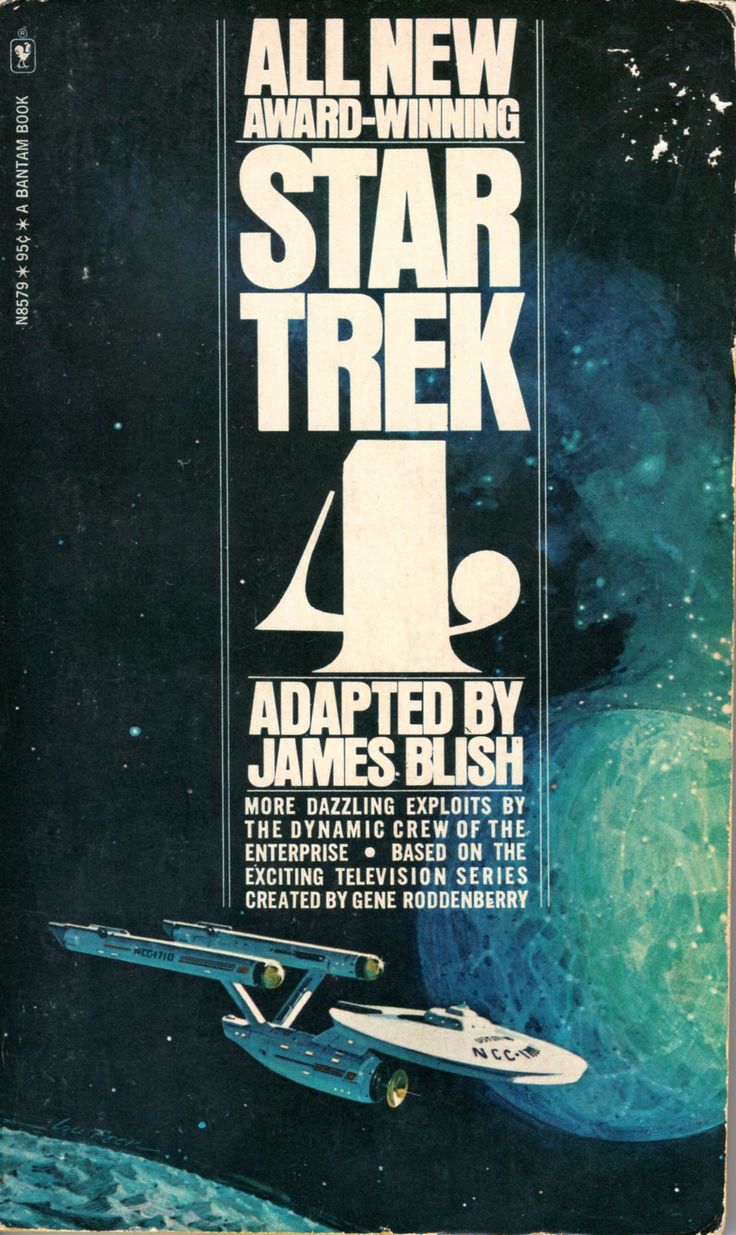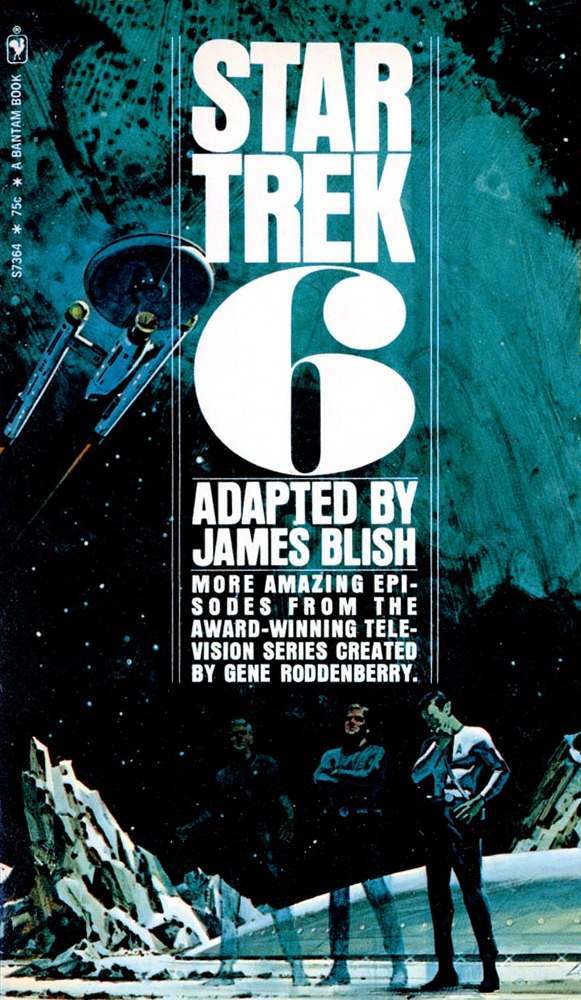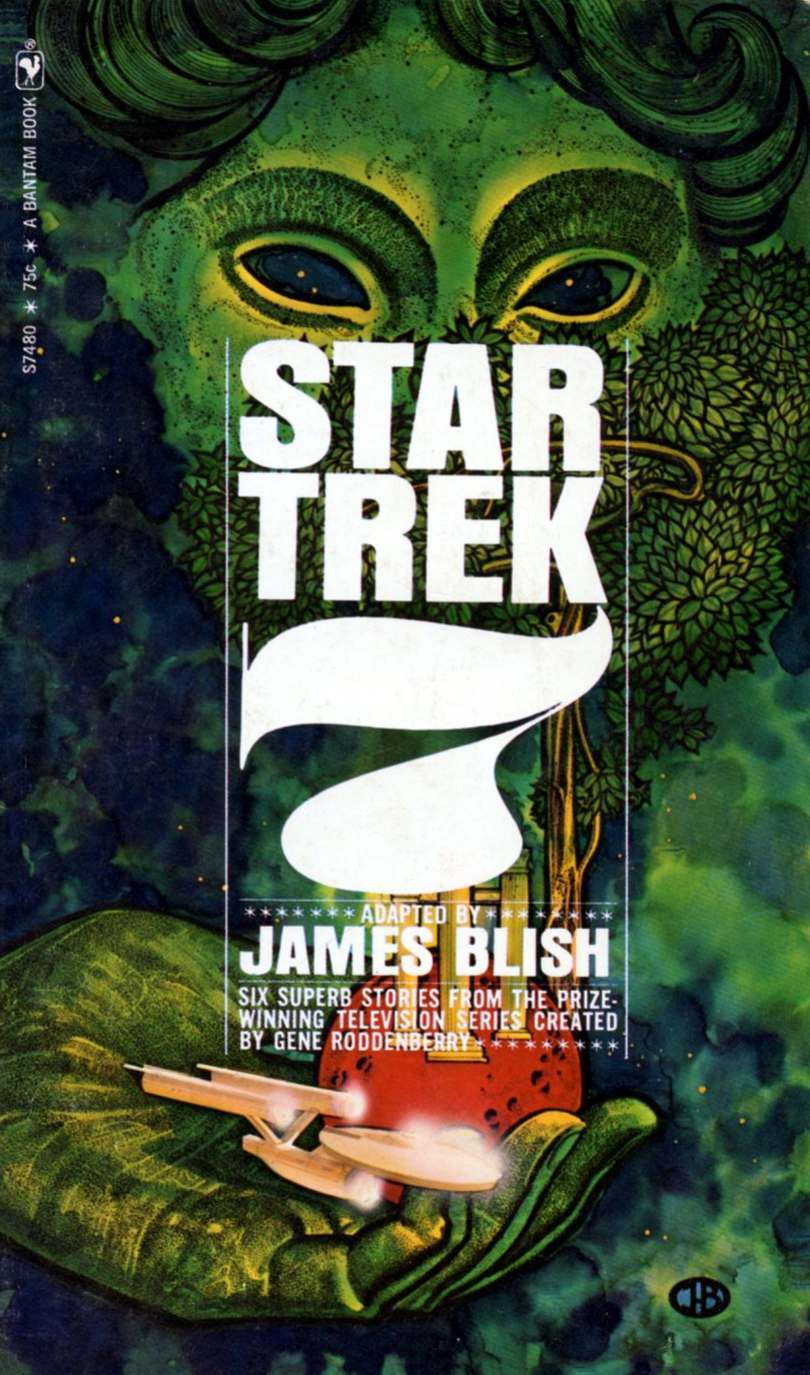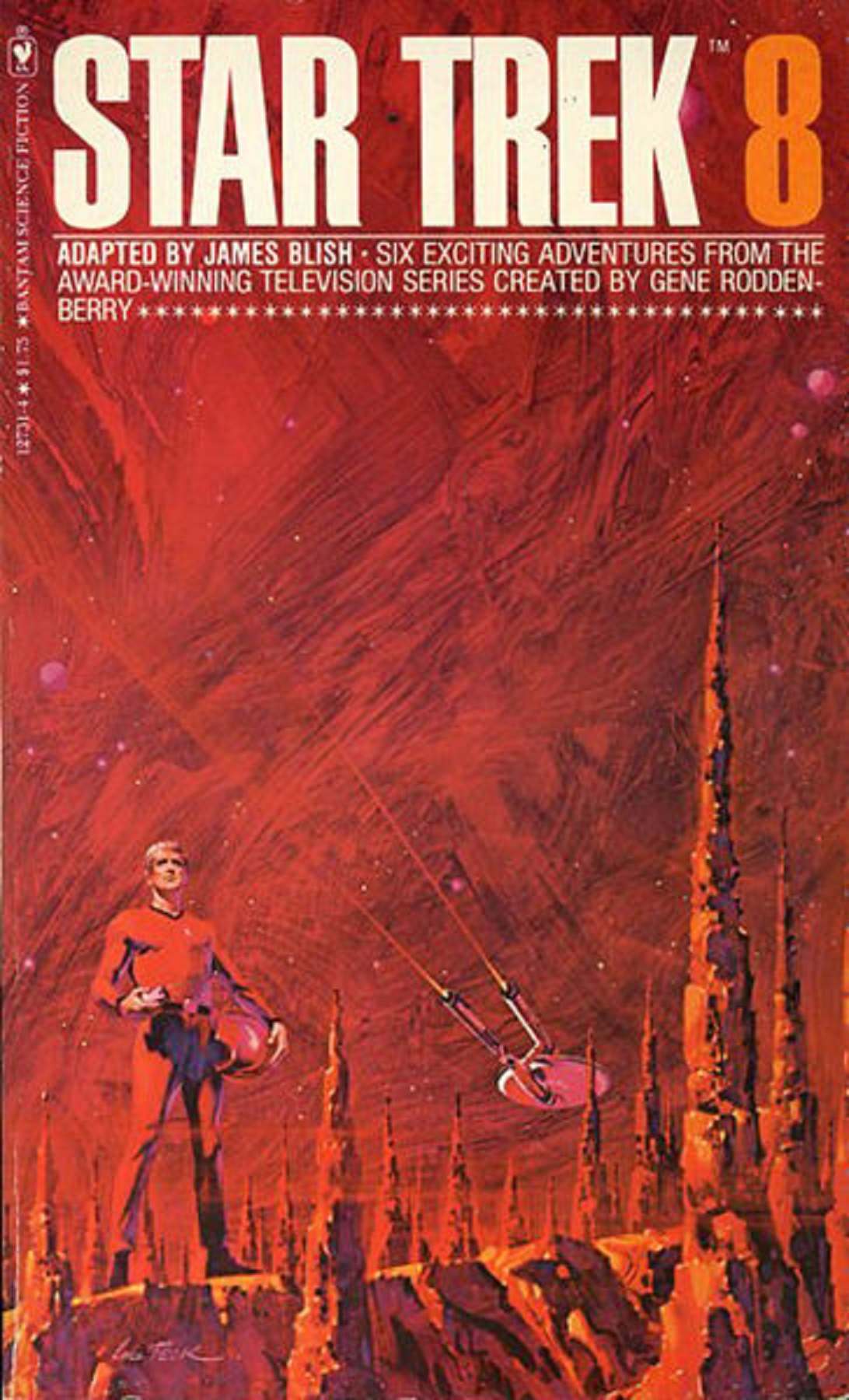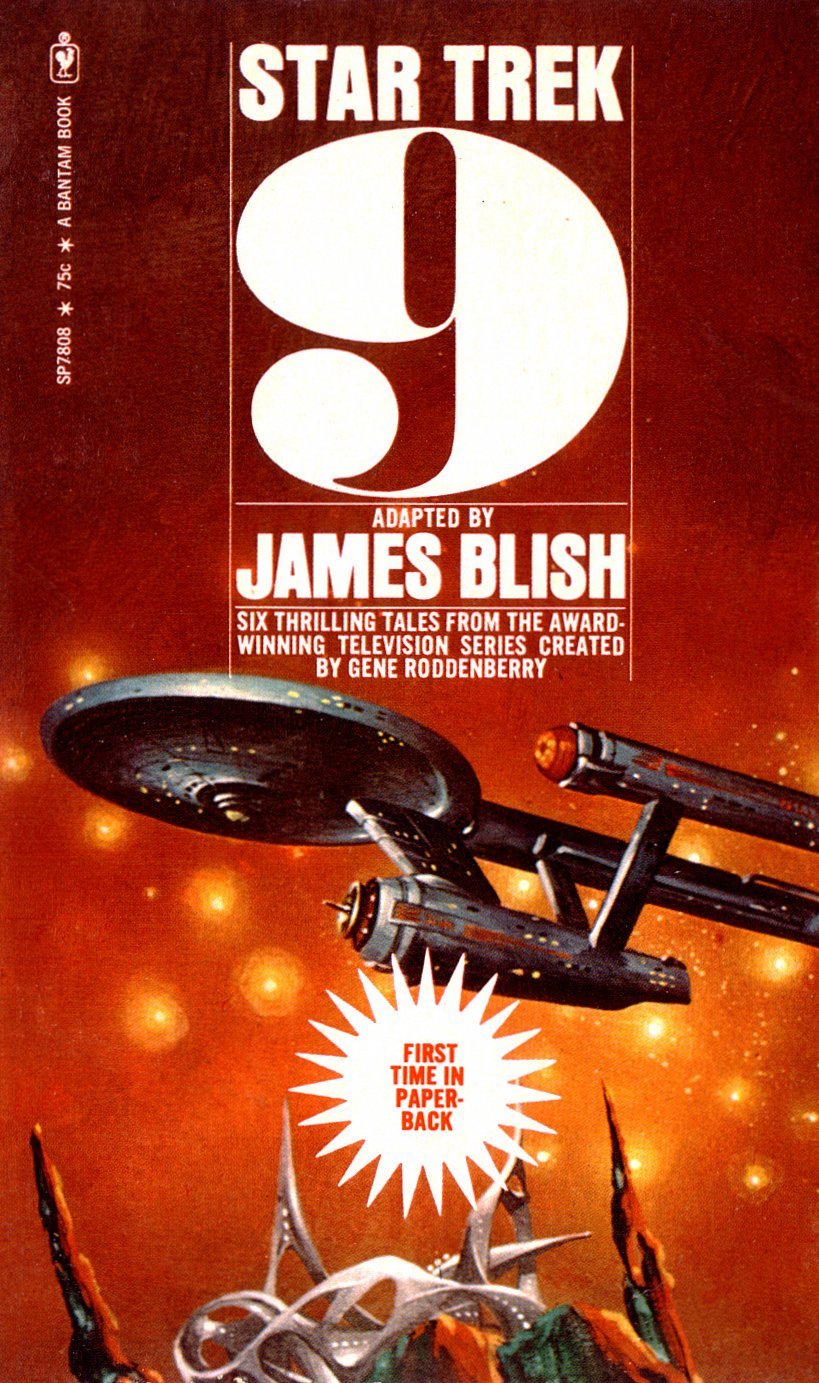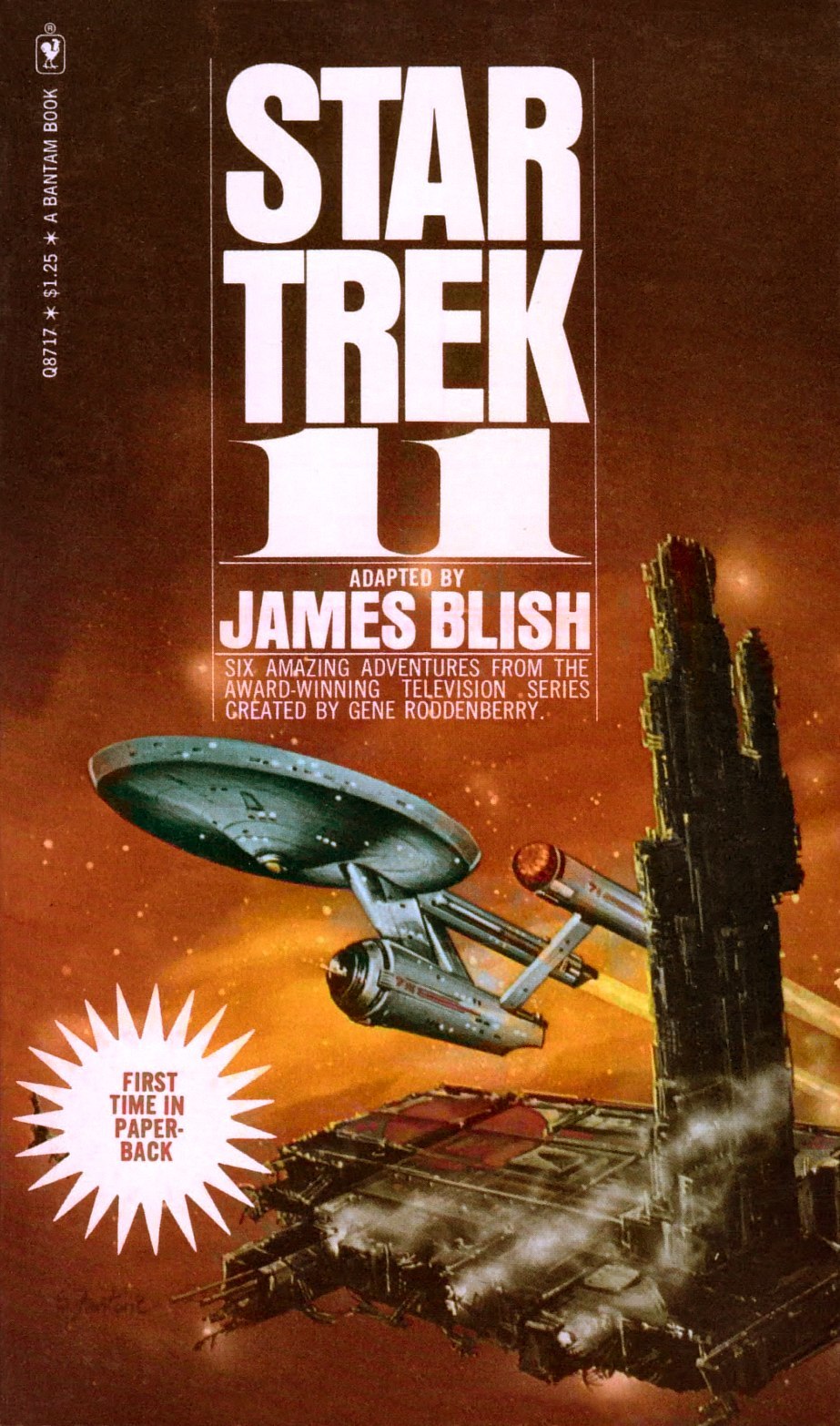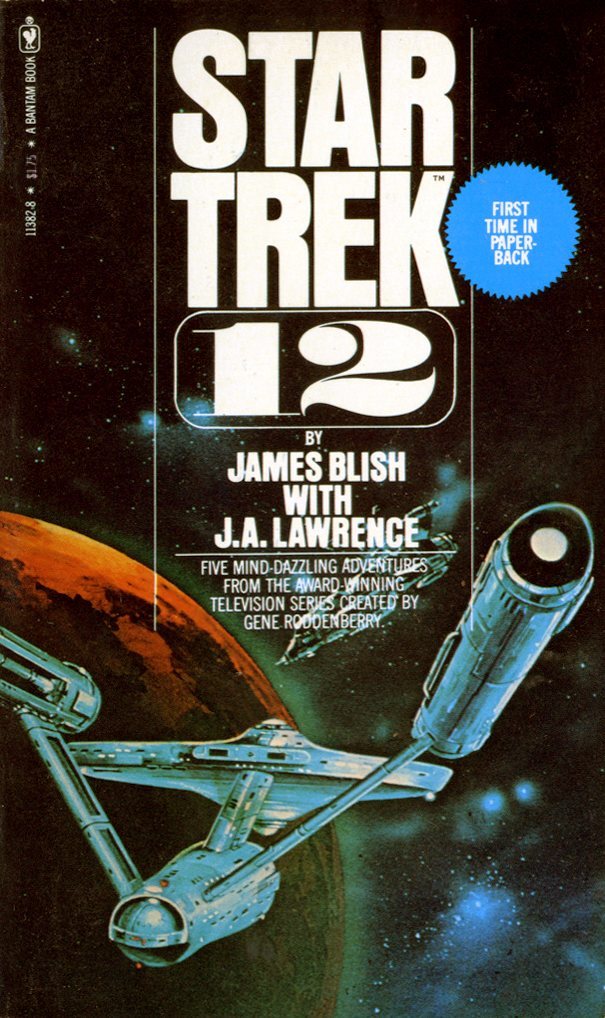The year 2016 marks the 50th anniversary of the original Gene Roddenberry series Star Trek (1966-1969).
Today, of course, Star Trek fans or even the curious uninitiated can simply click over to Netflix or Amazon Prime to watch all the episodes of the landmark sciencefiction series. Each of the approximately eighty stories is available there for watch and re-watch.
For an earlier generation of Star Trek fan, however, this Age of Plenty is something new and quite different.
When Star Trek aired on NBC in prime time in first run, one could watch the new episodes at the appointed time or catch a rerun sometime later. Even fans like me — who grew up when the show was in local syndication in the 1970s — were at the whim of capricious programming executives and their schedules. You never knew which episode would air next, or it would be pre-empted for baseball.
One way to familiarize one’s self with the stories in those long-gone days, however, began in 1967 with an acclaimed author named James Blish (1921-1975). This Hugo Award-winning author and literary critic (writing as William Atheling) penned a dozen episode adaptation compilation books: Star Treks 1 – 12 (1967-1977). These books were published by Bantam.
When I was a child, these Bantam volumes were much sought-after paperbacks, even though the written stories by Blish (and later, J.A. Lawrence) often differed substantially from the final aired episodes.
In some cases, Blish was working (in Great Britain…far from Hollywood) from earlier versions of teleplays, and even titles were changed. The first Star Trek episode aired, “The Man Trap” by George Clayton Johnson, for instance, was titled in Blish’s compilation “The Unreal McCoy” (because the shape-shifting salt vampire of the episode adopted the good doctor’s form for a time).
The episode “Charlie X,” which concerned an awkward adolescent boarding the Enterprise was adapted, instead, under the title “Charlie’s Law.” And “Spectre of the Gun” was written by Blish under the title “The Last Gunfight.”
I remember reading these slim Star Trek volumes start to finish, over and over, in the 1970s, and collecting them not just to brush up on Star Trek trivia and narratives but also to enjoy the great cover artwork.
You too can enjoy and remember some of that great,otherworldly art-work, which accompanied James Blish’s, words, below.
Would you like to support Flashbak?
Please consider making a donation to our site. We don't want to rely on ads to bring you the best of visual culture. You can also support us by signing up to our Mailing List. And you can also follow us on Facebook, Instagram and Twitter. For great art and culture delivered to your door, visit our shop.



